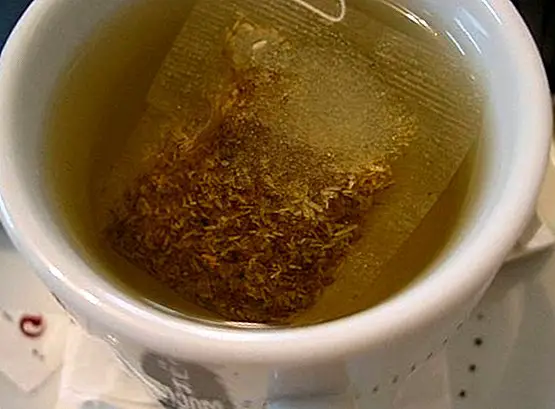Figs, allies against autumnal asthenia
Many of us know the spring asthenia, consisting of a sensation of Weakness and generalized lack of vitality, both physically and intellectually speaking, which reduces the ability to work and even to carry out the simplest tasks. In fact, to help our bodies to not feel weak and have little vitality by the change of season, the figs are very good allies for autumn.
For example, among its most important nutritional benefits we find that they are fruits rich in vitamins of group B, ideal in the end to maintain good health of our nervous system. 
And, therefore, it becomes an authentic ally when we want to prevent or even reduce the symptomatology of a few months as cold and strange as autumn.
However, very little or almost nothing is named because of another asthenia that takes place at another time of the year, and that would come to be called with the name of autumnal asthenia.
This begins a few days or days after this special season of the year begins, and manifests itself every day, in occupations and habitual actions, or even when we do not make any kind of physical effort. But let's go in parts.
What are figs?
Basically we could define the FIG as to fruit that is obtained from the fig tree, a tree known scientifically with the name ofFicus carica, which is characterized by being of small size, originally from Asia and which today grows spontaneously in the Mediterranean and other regions of the world.
In the particular case of the fig, it is a wonderful fruit with a very characteristic shape and appearance (oval, similar to the shape of a pear), with a size that can reach 7 centimeters in length. It has a wider base and a slightly longer upper end.
We can find figs of different colors depending on their varieties. Thus, for example, it is usually usual for the fig to be white, red or black.
Its flavor is tremendously characteristic, sweet and soft at the same time, and its skin stands out and surprises by being fine and delicate.
And the brevas?
We must differentiate the fig from the brevas, produced by some fig trees called breveras or bíferas, and that we find especially during the month of June. While figs tend to occur mostly since the beginning of September. 
In fact, we could call the figs figs that have not matured in the fall, so that they reach full maturity in the following spring, while they are kept dormant on the fig tree wood during the winter.
Figs for autumn: against seasonal depression
To help our bodies not feel weak and have little vitality due to the change of season, figs They are very good allies for this time that begins.
Especially, because they are rich in sugars, minerals, proteins and vitamins, in addition to containing antioxidants that, as we saw in the note on herbs and spices, are really good for our health.
They are not recommended for those people who are immersed in a diet of weight loss, since they contain large amounts of calories.
What you need to know about autumnal asthenia
- Although it is less socially known than spring, affects the majority of the population.
- It is characterized because our body feels weak and without strength.
- People who suffer from it, temporarily, feel weak, without vitality, tired, and they do not usually have much encouragement.
- To combat it, a good way is to maintain a healthy and balanced diet, and first of all, exercise.
Other benefits of figs
Nutritious richness
From a nutritional point of view, the fig stands out for its incredible nutritional wealth, not only for its high content of vitamins, but also in minerals.
For example, among its contribution in vitamins we can mention especially the presence of vitamins of group B (in particular B1, B2 and B3), in addition to vitamin A and C. While, on its content in minerals, we distinguish potassium, magnesium and calcium . 
Improves intestinal transit
If you have problems going to the bathroom, either because you suffer from occasional constipation or as usual, the fig is an ideal fruit against constipation.
Why? Mainly for its high fiber content, which helps to improve intestinal transit in a completely natural way. Hence, it is usually a fruit used as a laxative.
Extremely energetic fruit
Figs are popular for their great energy contribution. In fact, it stands out for its high content of carbohydrates, among which we can mention the existence of glucose, sucrose and fructose.
Therefore, it is an ideal natural food for athletes, students and for those who definitely need that extra energy contribution. This article is published for informational purposes only. You can not and should not replace the consultation with a Nutritionist. We advise you to consult your trusted Nutritionist. ThemesAutumn



